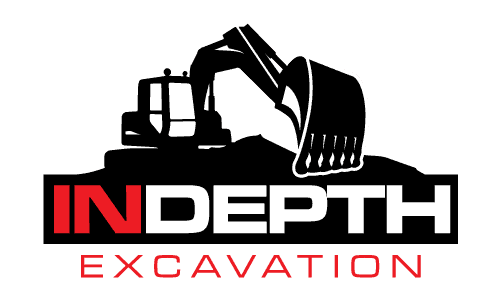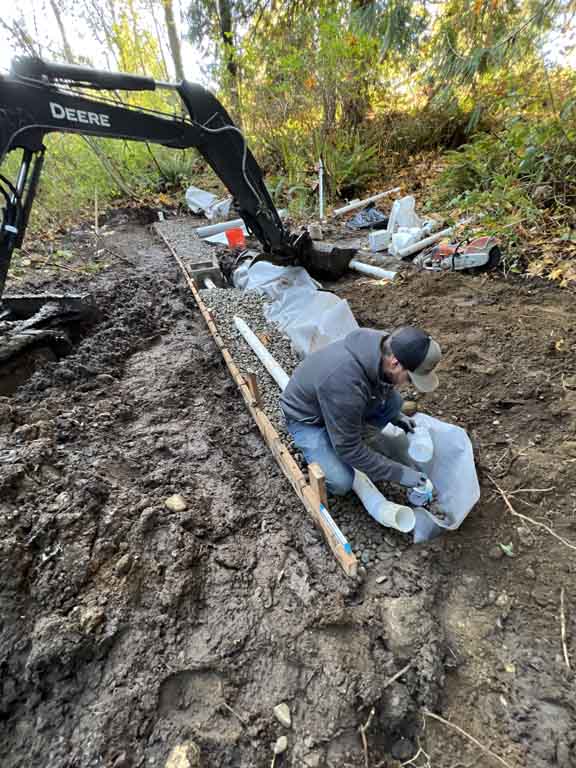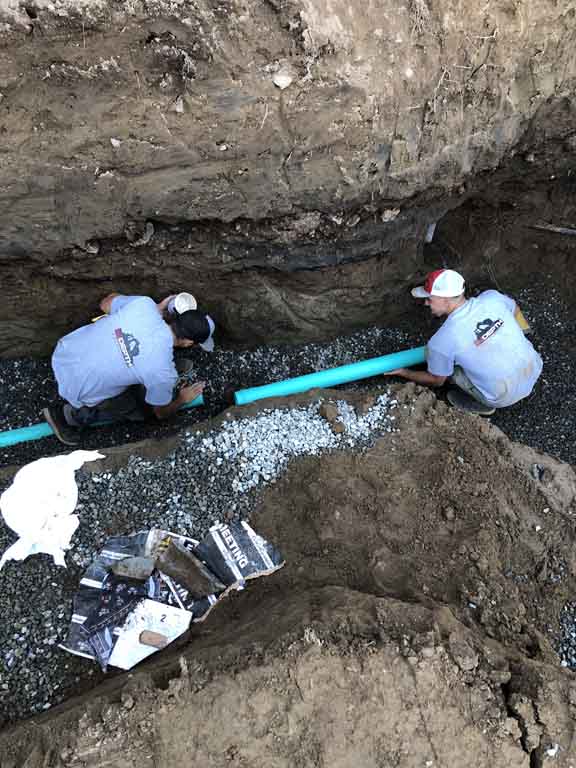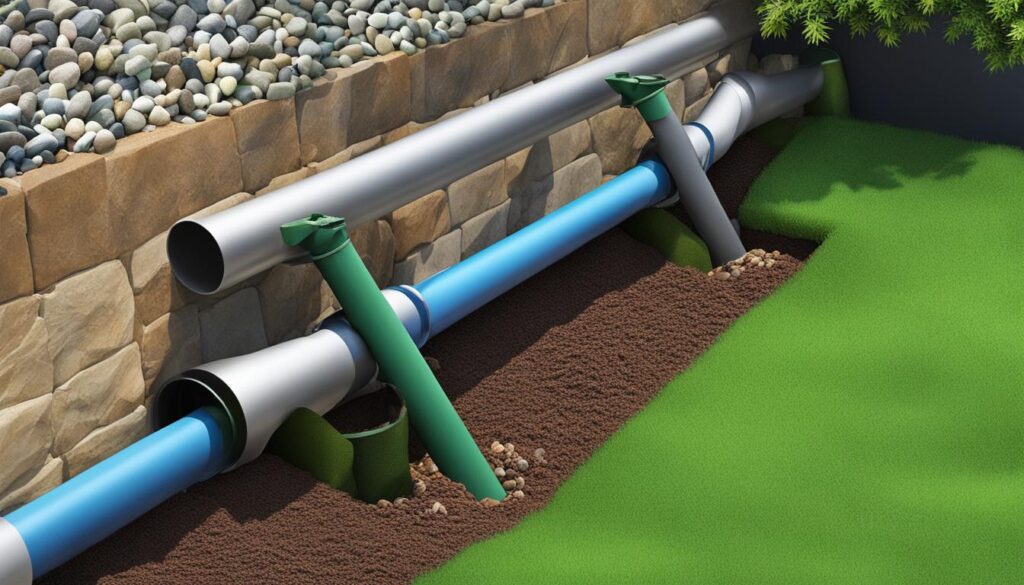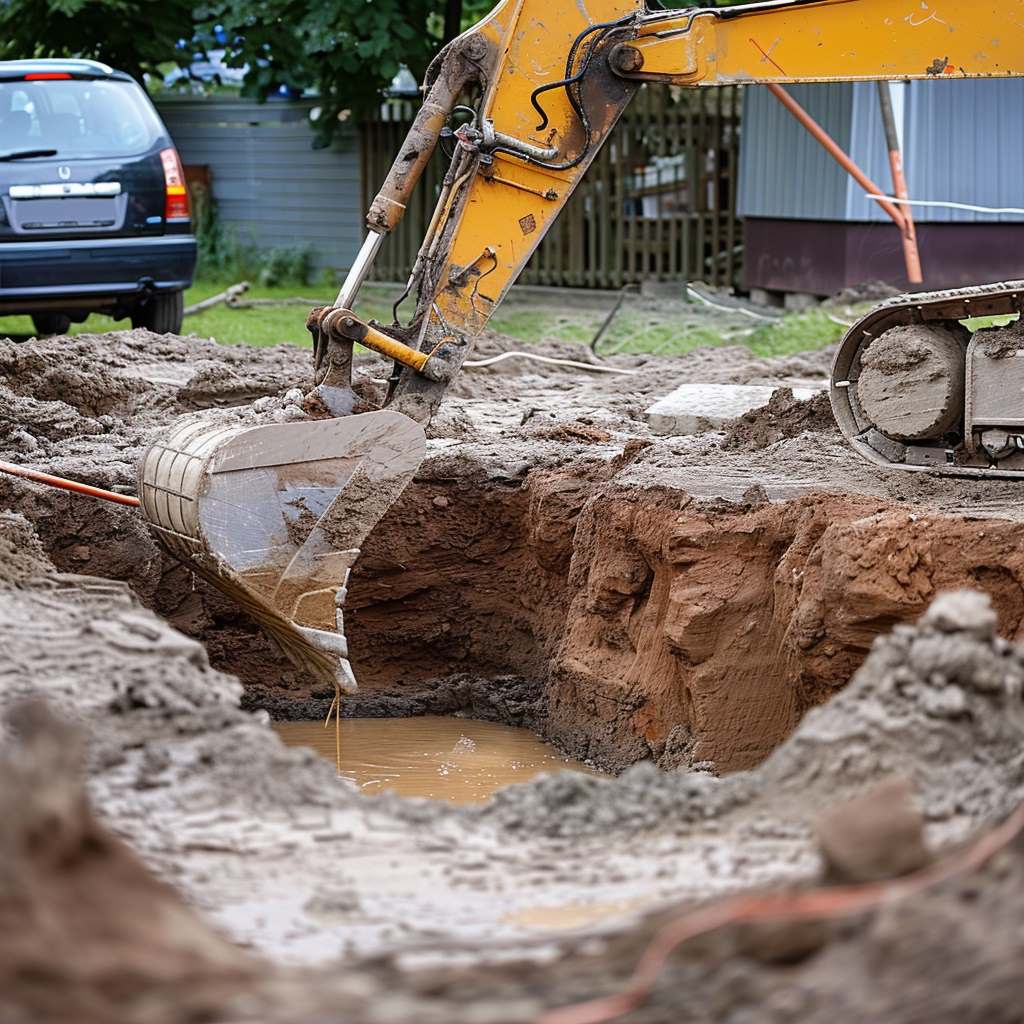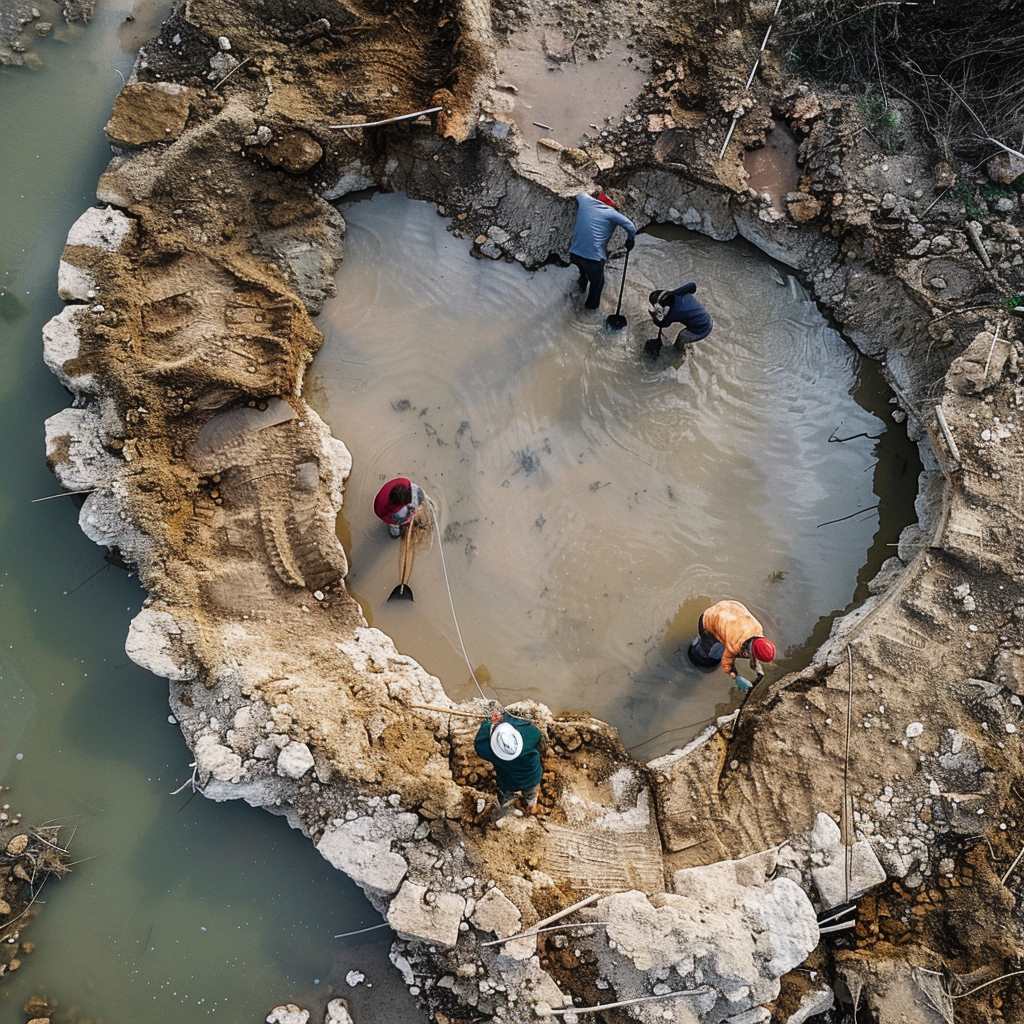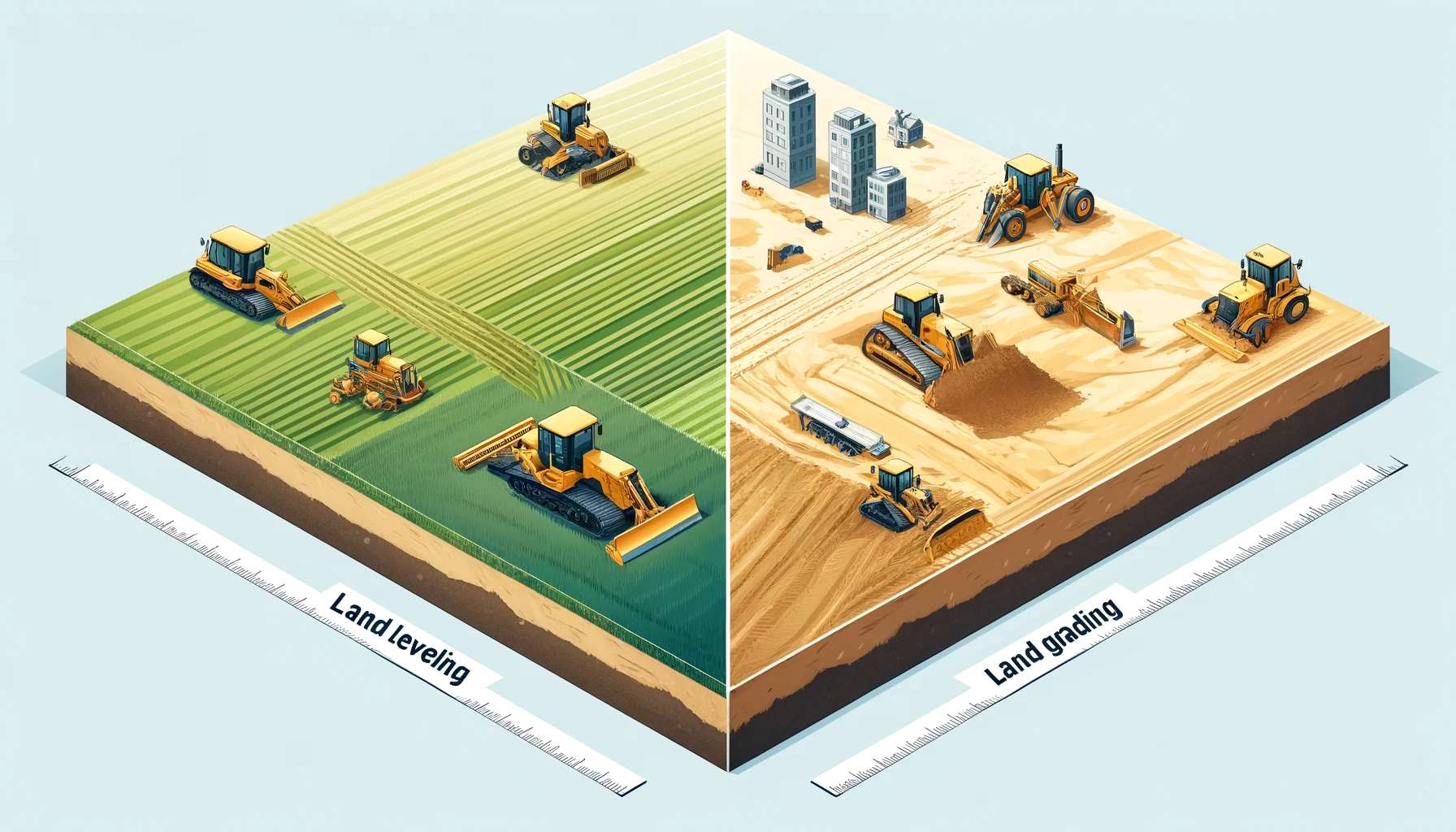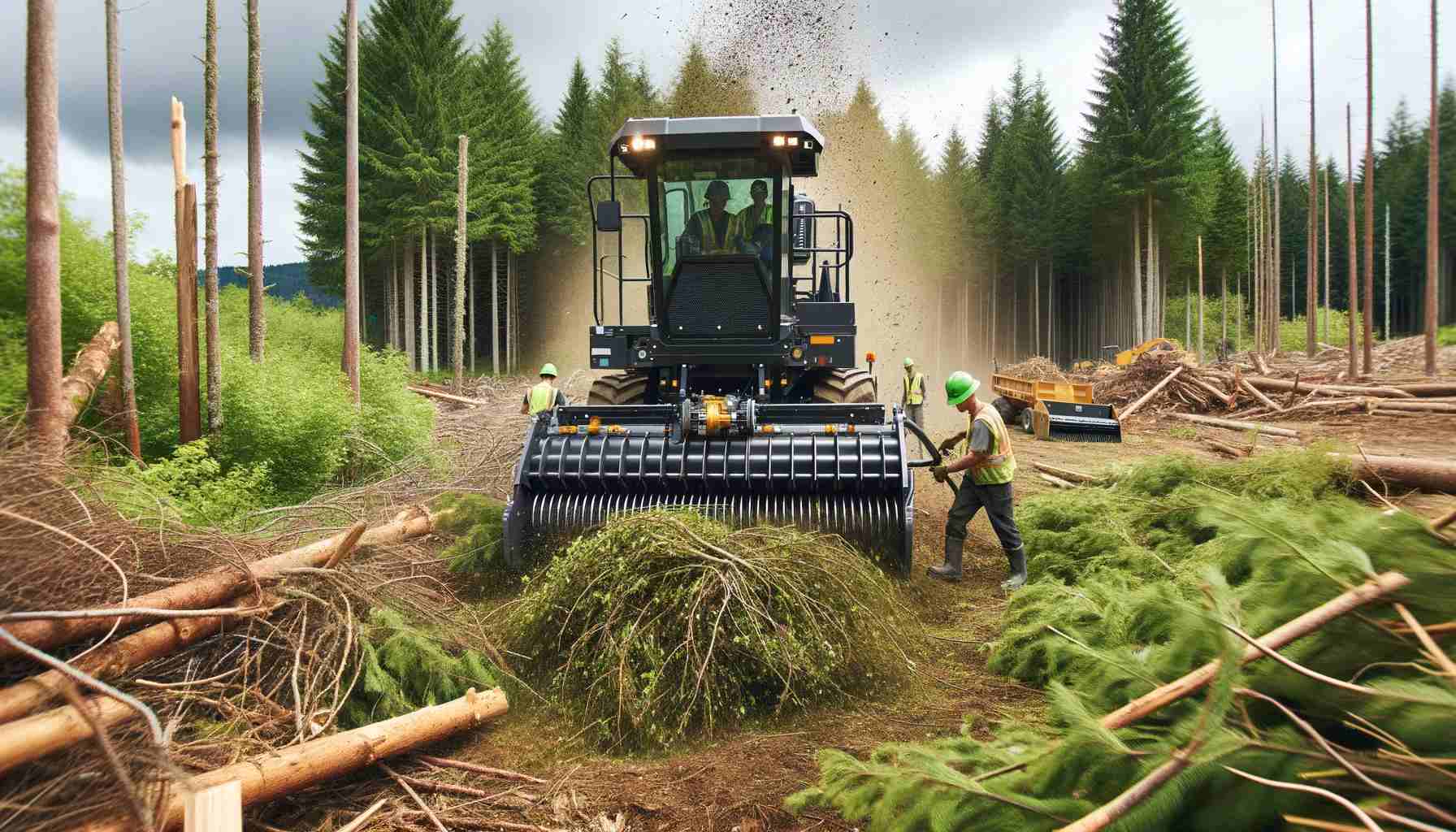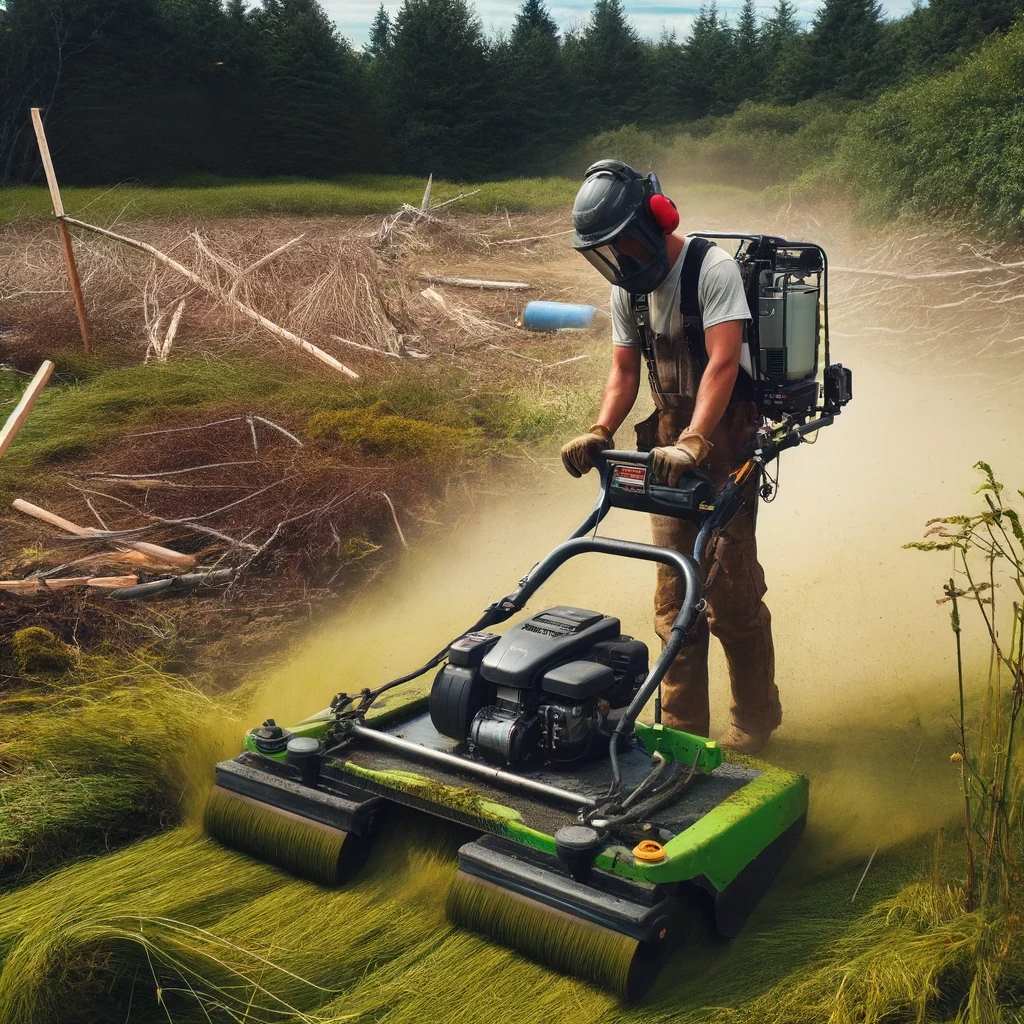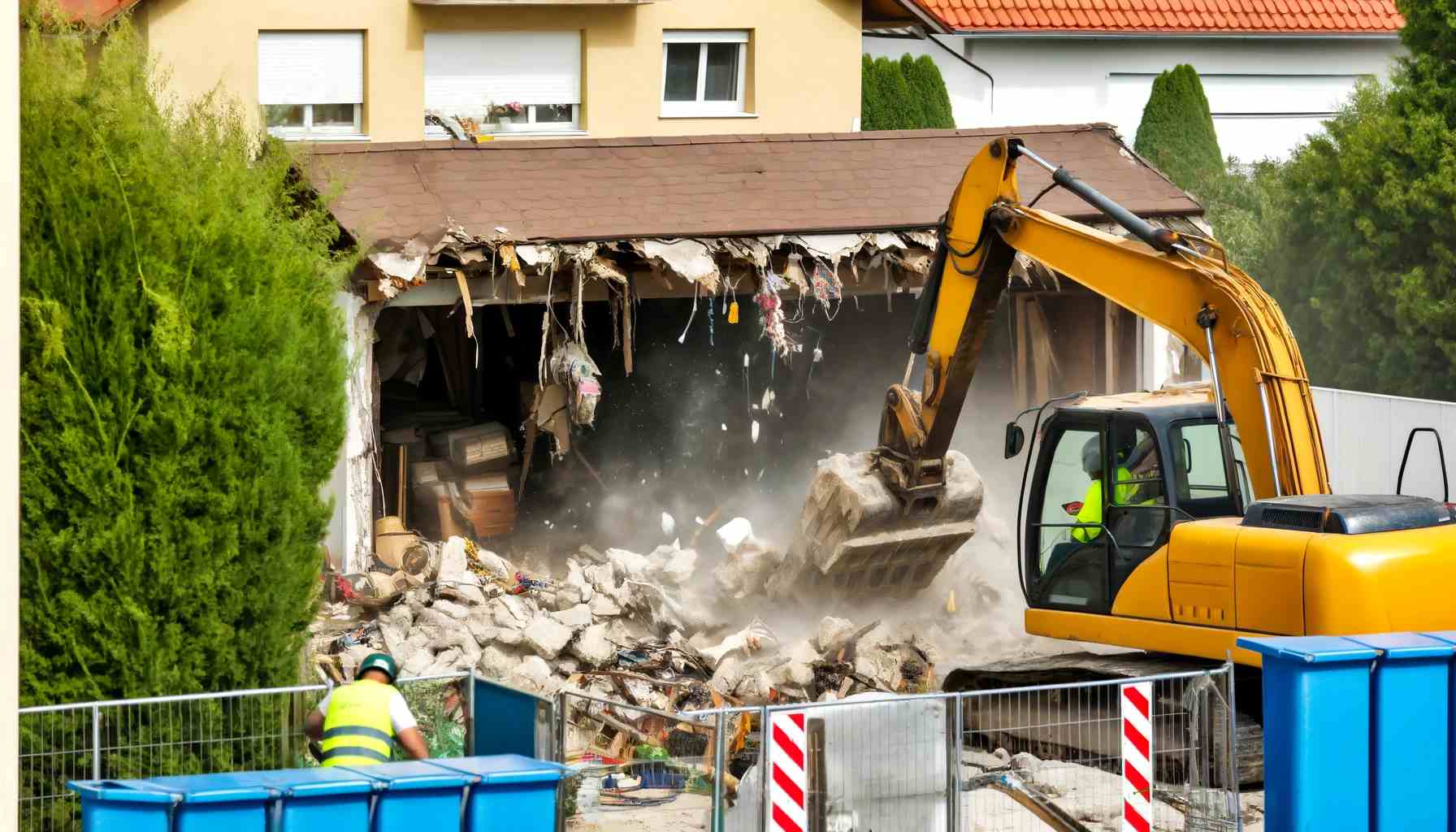Key Takeaways:
- Effective drainage is critical in excavation to prevent water accumulation, maintain soil integrity, protect the environment, and ensure safety.
- Drainage excavation involves site assessment, planning, and the implementation of various drainage methods.
- There are multiple drainage solutions, including trench drains, French drains, culverts, retention ponds, and swales.
Why You Need Drainage Excavation
In the world of excavation, managing water and ensuring proper drainage is crucial. Without effective drainage solutions, excavation sites can face numerous challenges, including structural damage, safety hazards, and environmental concerns. In this article, we explore the importance of drainage in excavation, how it works, and the different methods available.
Effective drainage is essential in excavation for several reasons:
- Preventing Water Accumulation: Water can accumulate in excavation sites due to natural rainfall or nearby water bodies. This accumulation can weaken structures and cause erosion.
- Maintaining Soil Integrity: Proper drainage helps in maintaining the soil structure, preventing landslides or soil shifts.
- Environmental Protection: Managing water flow can prevent contamination of local waterways and protect surrounding ecosystems.
- Safety: Reducing water in excavation sites lowers the risk of accidents and improves working conditions for crews.
How Does Drainage Excavation Work?
Drainage excavation involves the creation of pathways or systems to divert water away from excavation sites. This process includes:
- Assessment: Evaluating the site to understand water flow patterns and potential accumulation points.
- Planning: Designing a drainage system tailored to the site’s needs, considering factors like soil type, topography, and environmental regulations.
- Implementation: Executing the drainage plan using specialized excavation equipment to create trenches, install pipes, or construct drainage features.
Different Types of Drainage Methods
Trench Drains
- Trench drains, also known as channel drains, are linear drainage systems used to remove water from large surfaces like driveways, parking lots, and industrial areas. They consist of a long, narrow trench cut into the ground, lined with a durable material such as concrete or plastic. Inside this trench is a channel that collects water. This channel is covered with a grate to prevent debris from entering the drain while allowing water to flow through. Trench drains are effective in areas where rapid water removal is needed and can be connected to a storm drain or water treatment system.
French Drains
- A French drain is a subsurface drainage solution designed to prevent ground and surface water from penetrating or damaging building foundations. It consists of a trench filled with gravel or rock containing a perforated pipe. This pipe redirects water away from the area. The perforations allow water to enter the pipe, and the gravel acts as a filter to prevent clogging of the pipe from sediment. French drains are often used to relieve water pressure behind retaining walls and in areas with high water tables.
Culverts
- Culverts are structures that allow water to pass beneath a road, railway, trail, or similar obstruction. They are typically made of materials like concrete, steel, or plastic and come in various shapes, including round, square, or arched. Culverts are critical in preventing erosion and flooding by channeling water under pathways and preventing water from accumulating on road surfaces. They are often found at natural water crossings or where a ditch crosses a road.
Retention Ponds
- Retention ponds, also known as wet ponds, are artificial lakes that store runoff water, especially from urban areas, and release it slowly. They help manage stormwater, improve water quality, and prevent flooding and erosion. Retention ponds typically have a permanent pool of water and may support aquatic life. They can also be landscaped to enhance aesthetic appeal and provide habitat for wildlife. These ponds are equipped with outlets to control the release rate of stored water.
Swales
- Swales are shallow, broad channels with gently sloping sides. They are designed to slow and capture runoff water while facilitating its infiltration into the ground. Often vegetated with grass or other plants, swales can be an aesthetic and effective way to manage water runoff, particularly in agricultural lands, roadsides, and urban areas. The vegetation helps to filter pollutants from the runoff, and the swale’s design aids in reducing erosion by controlling the speed of water flow.
Each of these systems plays a crucial role in water management, especially in areas prone to heavy rainfall or where water runoff needs to be controlled to prevent flooding, erosion, and damage to infrastructure.
What is Drainage Excavation?
Drainage excavation refers to the process of creating effective drainage systems within an excavation site. It encompasses a range of activities from digging trenches for drainage pipes to constructing larger features like retention ponds. This process is vital for maintaining the integrity and safety of an excavation site.
We’ve stressed the importance of Drainage for your property for the winter season here, Winter Drainage Tips for Snohomish Residents, that goes over In-Depth details.
Conclusion
In conclusion, drainage in excavation is a pivotal aspect that demands careful planning and execution. As an excavation services provider, In-Depth Excavation understands the intricacies involved in implementing effective drainage solutions. With our expertise in various drainage methods, we ensure that your excavation projects are safe, environmentally responsible, and structurally sound. Remember, “Your Hole is Our Goal,” and we’re committed to delivering professional and customer-focused services for all your excavation needs.
FAQ: Drainage Solutions in Excavation
Drainage is critical in excavation to prevent water accumulation which can lead to structural damage, soil erosion, and safety hazards. Effective drainage solutions help in maintaining soil integrity, protecting the environment, and ensuring the safety of the excavation site.
Storm drain installation is crucial for preventing flooding, managing water runoff, protecting properties, and ensuring environmental safety. It is an essential part of urban infrastructure in Snohomish, especially given the region’s weather patterns and topography.
Trench drains are long, narrow channels that are used to redirect surface water away from specific areas. They are commonly used in places where surface water accumulates quickly, such as paved areas, driveways, and industrial sites.
A French drain is a slightly sloped trench filled with gravel and a perforated pipe, which is used to redirect sub-surface water away from an area. It’s effective in preventing ground and surface water from penetrating or damaging building foundations.
Environmental considerations include ensuring that the drainage system does not contaminate local waterways, adhering to local environmental regulations, and using sustainable practices to minimize the ecological impact. It also involves protecting surrounding ecosystems during the excavation and drainage installation process.
- Safety measures include using proper equipment, adhering to safety protocols, training workers on hazard identification and risk management, and regularly inspecting the excavation site. Additionally, effective planning and implementation of the drainage system itself contribute to overall site safety.
Yes, there are often local and state regulations that govern excavation and drainage installations. These may include permits, environmental impact assessments, and adherence to specific construction codes. It’s crucial to be informed about and comply with these regulations.
